Popular on Food52
18 Comments
Tara
August 4, 2014
Dear Chitra, I loved seeing this recipe on Food52 and discovering your blog and pickles! I'm also Kannada born and brought up the US and my mom made this huli practically every other day and it is one of my favorites. I'm so excited to see this being shared with such a wider audience. Thank you!
Panfusine
June 6, 2014
I just remembered reading about how Sambar as a dish came to exist. Of course I have no paper verification about it, but the story goes as follows:
It was said to have bee created for the Maratha king of Tanjore, Sambaji Rao (Tanjore is a district in Tamil Nadu, South India, that was ruled by the Marathas, who originally hailed from Western India). Sambaji's native cuisine utilized 'Kokum' (a relative of the Mangosteen family) as a souring agent. WHich was not available down south. Hence his cooks came up with the idea of using native tamarind instead to add to his lentil Dal (most likely 'aamti' which is a classic Dal dish from the western state of Maharashtra). Net result: the King was happy, the dish got named after him, and no one lost their livelihood!
Chitra: In all probability, you've posted what may be the most original version 1.0 of Sambar!..
It was said to have bee created for the Maratha king of Tanjore, Sambaji Rao (Tanjore is a district in Tamil Nadu, South India, that was ruled by the Marathas, who originally hailed from Western India). Sambaji's native cuisine utilized 'Kokum' (a relative of the Mangosteen family) as a souring agent. WHich was not available down south. Hence his cooks came up with the idea of using native tamarind instead to add to his lentil Dal (most likely 'aamti' which is a classic Dal dish from the western state of Maharashtra). Net result: the King was happy, the dish got named after him, and no one lost their livelihood!
Chitra: In all probability, you've posted what may be the most original version 1.0 of Sambar!..
Miachel P.
May 28, 2014
I bought hing about a year ago...how long does it usually last?
Chitra A.
May 29, 2014
Thanks so much! If you have stored it in an air-tight container and it still smells pungent, then you are good to go. If not, then I would buy it again. Good quality hing can last up to a few years.
Anitalectric
May 28, 2014
Nice one, Chitra! when is your book coming out? I can't wait to try more of your recipes! I am already such a big fan of your tomato achaar it is sooo good on everything. Please post more recipes on the blog it's nice to add some Chitra spice into the mix!
Angela K.
May 28, 2014
Hello! I would like to share another sambar recipe. It's a hand-me-down recipe from a friend's mother who is from Kerala. It's absolutely delicious, although the list of ingredients and the method is slightly longer than the one here. Nevertheless, if anyone wants to have a go, here's the link; http://shortblackcoffee.wordpress.com/2013/10/20/south-indian-sambar/
This recipe has also been featured in The Guardian's Cook section two months ago.
This recipe has also been featured in The Guardian's Cook section two months ago.
Chitra A.
May 28, 2014
Thanks for sharing Angela! I love Kerala style cooking and interesting to see the addition of tomatoes in sambar, very cool. Have you had appam? Had it for the first time at a friend's house, so good!
Lalitha R.
May 28, 2014
I am a Tamilian and make sambar once a week at least. Though it doesn't look like the sambar we make I am glad one of the versions got published here. In Tamil sambar fenugreek is a must tempering item and our sambar powder is quite different from MTR.
Chitra A.
May 28, 2014
Thanks for your comment Lalitha. In my recipe, I note that you can add more water or less depending on your preference, this is just our family's. For my students I recommend MTR powder when they first make the dish but my family's sambar pudi has the following ingredients:
coriander seeds, chana dal, cumin seeds, mustard seeds, fenugreek seeds, urad dal, peppercorns, hing, turmeric, cloves, cinnamon, chili powder, curry leaves, dessicated coconut (optional) - can add later
Instead of tempering fenugreek later, we fry and grind it into our powder. Share the ingredients in your Tamil sambar powder in the comments. I love seeing the variations of ingredients from state to state.
coriander seeds, chana dal, cumin seeds, mustard seeds, fenugreek seeds, urad dal, peppercorns, hing, turmeric, cloves, cinnamon, chili powder, curry leaves, dessicated coconut (optional) - can add later
Instead of tempering fenugreek later, we fry and grind it into our powder. Share the ingredients in your Tamil sambar powder in the comments. I love seeing the variations of ingredients from state to state.
Marion G.
May 27, 2014
Amazing looking recipe, can't wait to try it! As you mentioned in the article, each family makes theirs in a different way, and that is what makes it so amenable to what ingredients you have on hand. So glad there are people who feel the need to nitpick/complain/sermonize.
Chitra A.
May 28, 2014
Thanks Marion, I hope you enjoy the recipe and let me know if you have any questions on it!
Lost_in_NYC
May 27, 2014
This is more of a daal than a sambar. Sambar is a South Indian dish and is more thin-soupy in texture and not thick like the one noted above.
Chitra A.
May 27, 2014
Thanks for your comment Lost_in_NYC. Many times sambar in restaurants is more watery, that is correct! Dal means lentils and there is always dal in sambar. Every family in South India makes their sambar to a different thickness. My mother who is from Bangalore always made ours a bit thicker because she said it was more nutritious that way.
Panfusine
May 27, 2014
The basic list of ingredients is spot on, but as Lost in NYC mentioned, Sambar (the traditional style made in Tamil Nadu) usually involves sauteing the onions with the tempering and the sambar powder, and cooking the vegetables in Tamarind water. The Dal (Pigeon peas usually, but Masoor lentils are also used , a contribution from South Indians who migrated to New DElhi ~ 1930's ) is cooked separately, mashed and added after the vegetables have cooked. After that the mix is brought to a boil and immediately removed from the heat. The classic version isn't quite as thick as a dal.
Chitra A.
May 27, 2014
Panfusine, My family is from Karnataka so always nice to learn how other states prepare similar dishes:) We also refer to sambar as huli in Kannada. This recipe was passed down from my grandmother who is from Mysore.
Panfusine
May 28, 2014
I'd love to learn more about Mysore cuisine. Looking forward to browsing your blog!
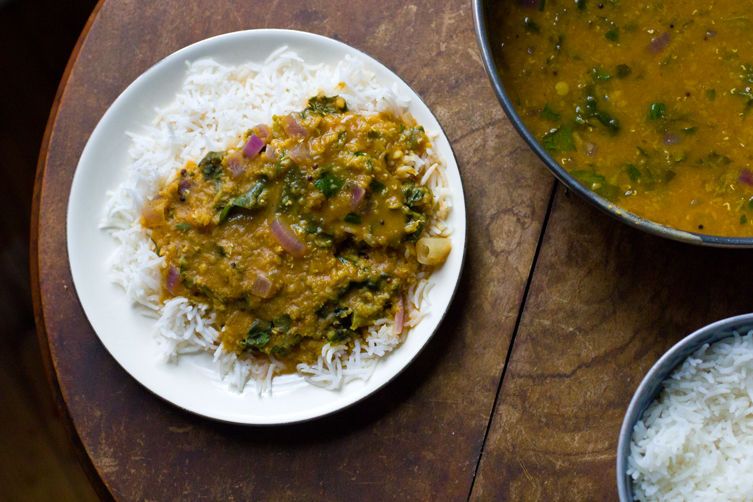
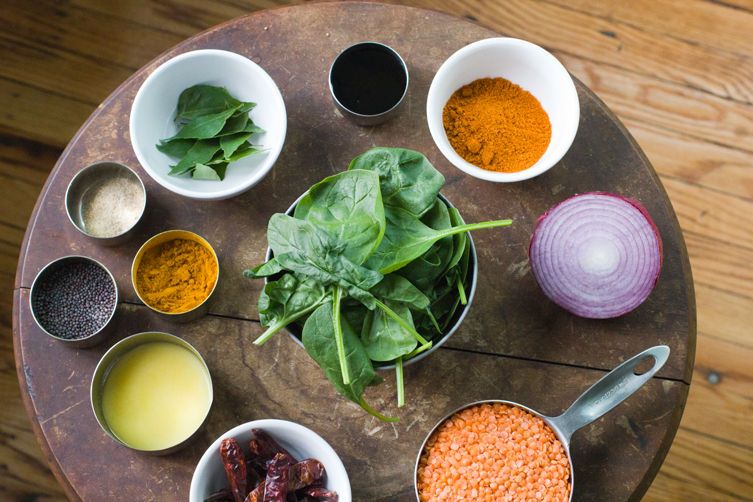
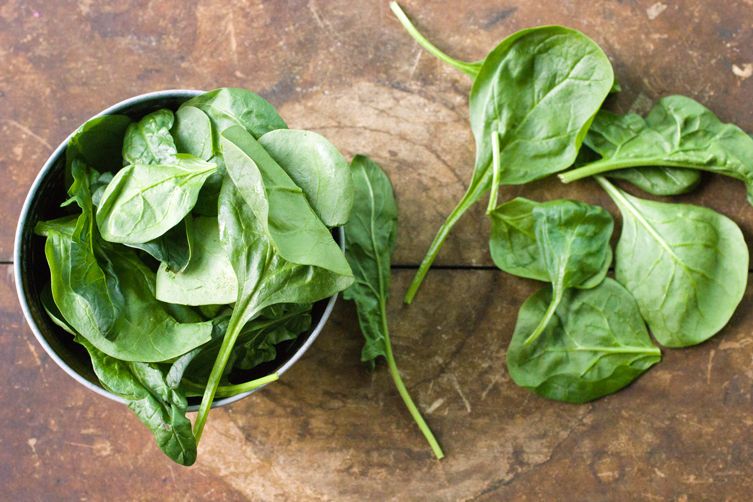

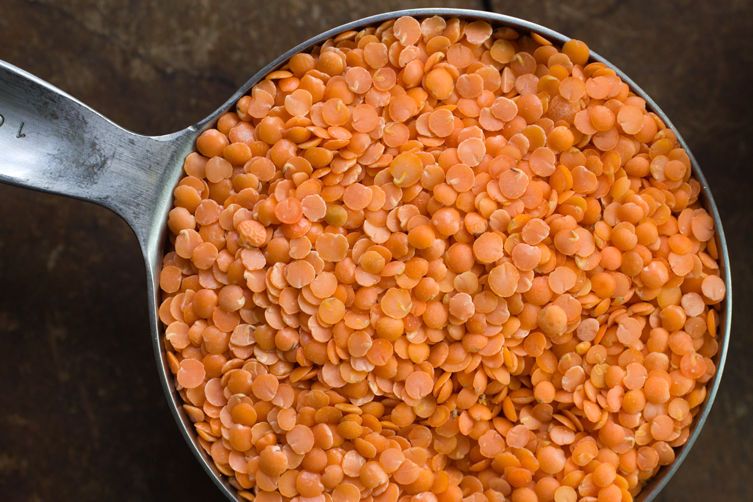
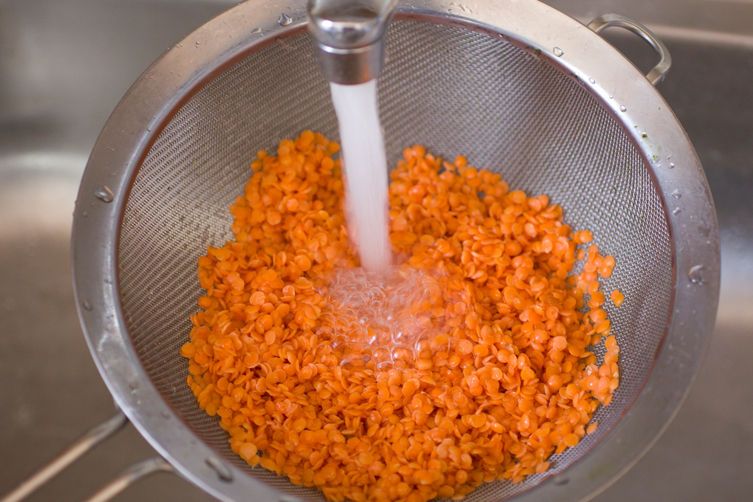
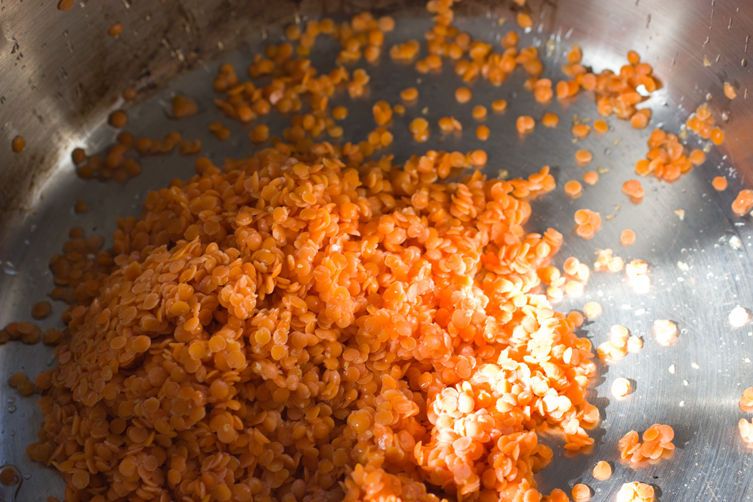
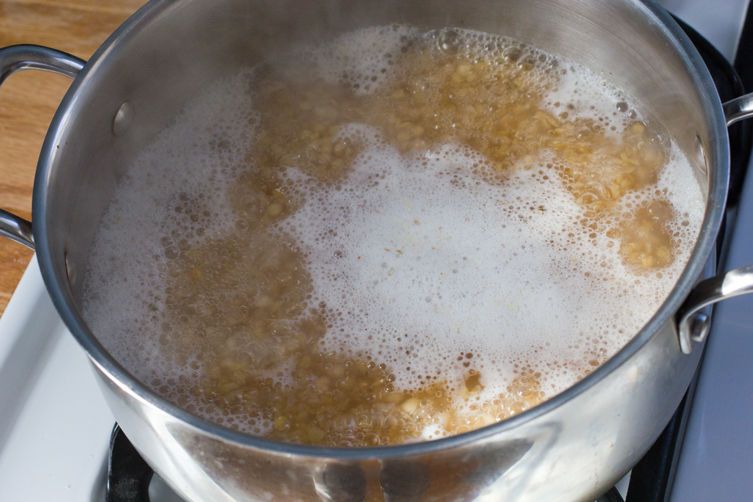
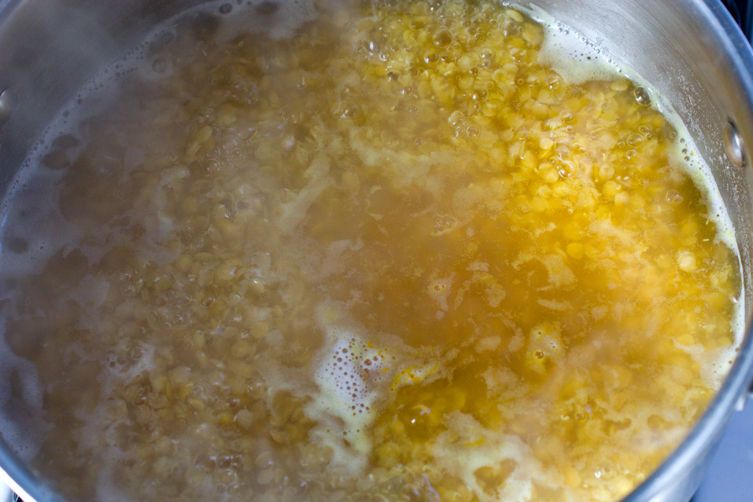
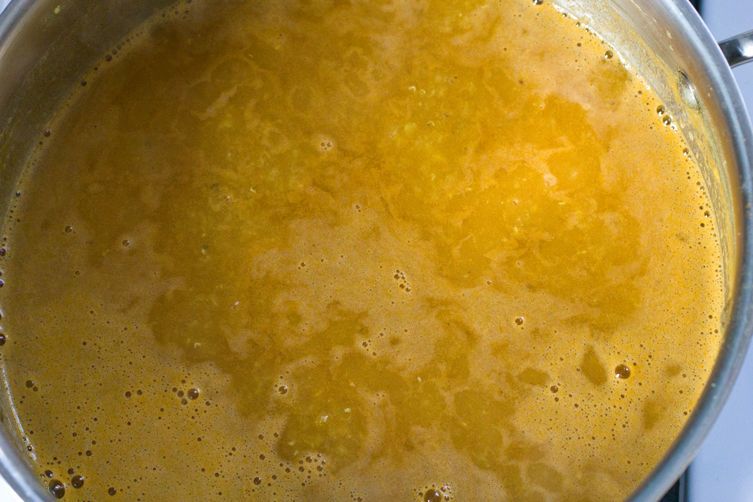
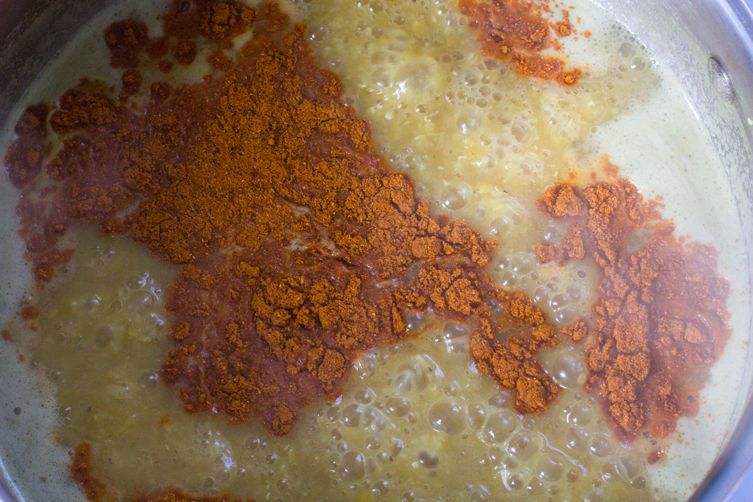

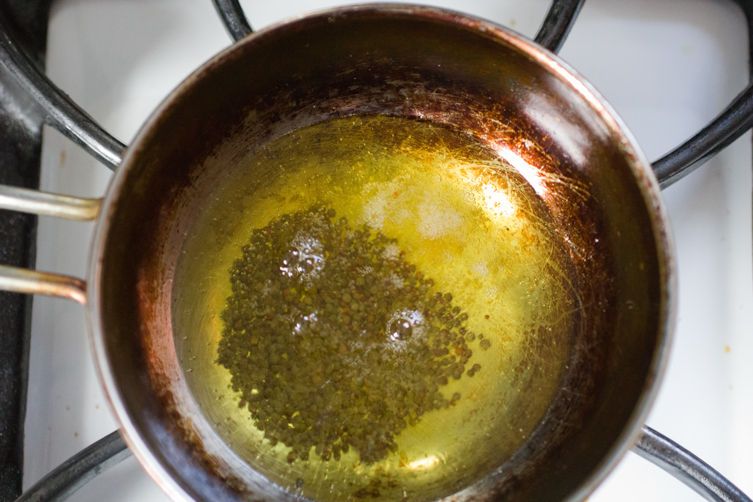
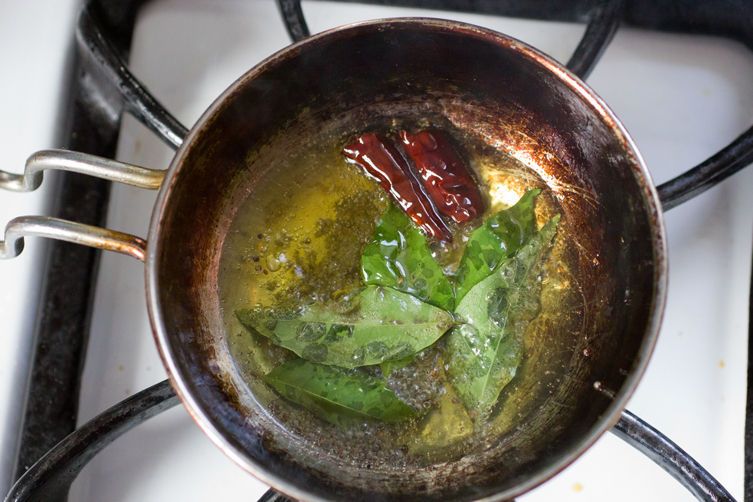
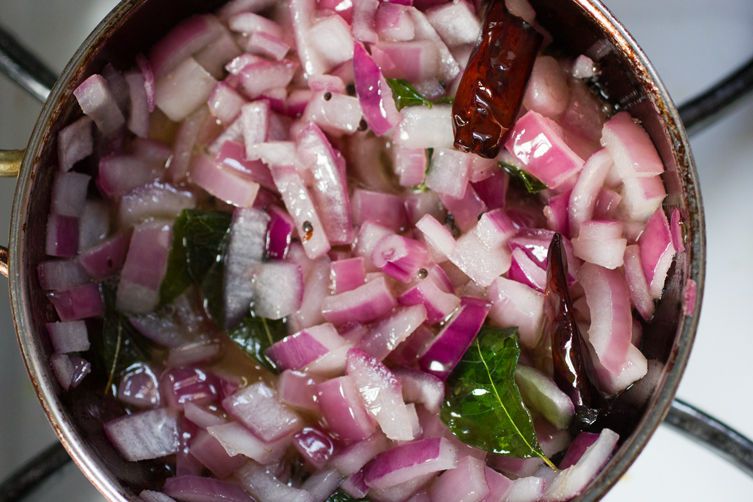
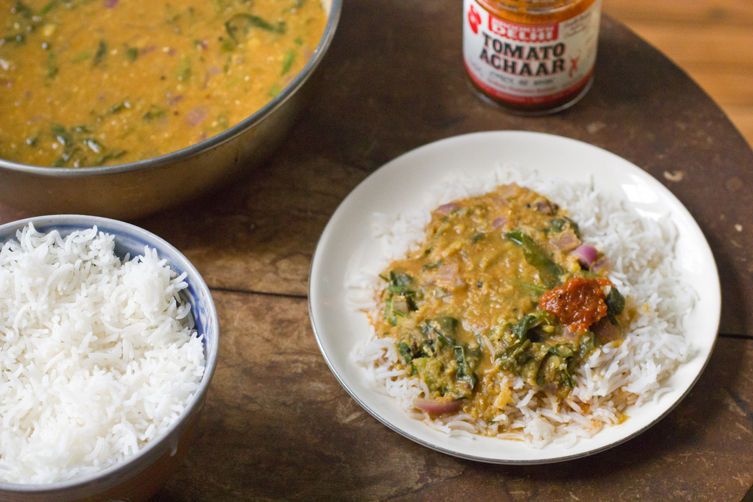

See what other Food52 readers are saying.